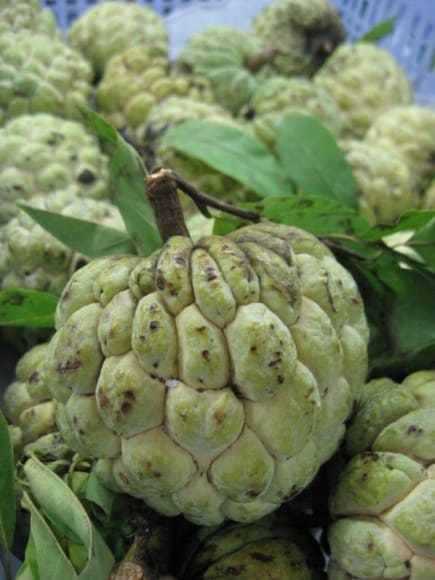Mandarin is a category of related Chinese dialects spoken across most of northern and south-western China. Because Mandarin mainly includes speech groups found in the north, the term “northern dialect(s)” also names this language category on an informal basis. When the Mandarin group is taken as one language, as is often done in academic literature, it has more native speakers than any other language.
The present divisions of the Chinese language developed out of the different ways in which dialects of Old Chinese and Middle Chinese evolved. Out of these dialects, there were generally 7 major dialects that showed significant changes. Aside from Mandarin, the other six are Wu Chinese, Hakka Chinese, Min Chinese, Xiang Chinese, Yue Chinese and Gan Chinese.
Most Chinese living in northern and south-western China are native speakers of a dialect of Mandarin. The prevalence of this linguistic homogeneity in northern China is largely the result of geography: much of northern China is covered by plains and is flat. In contrast to this, the mountains and rivers of southern China have promoted linguistic diversity.
Chronologically, there is no clear line to mark where Middle Chinese ends and Mandarin begins; however, the Zhongyuan Yinyun, a rhyme book from the Yuan Dynasty, is widely regarded as a milestone in the history of Mandarin. In this rhyme book are noted many characteristic features of Mandarin, such as the reduction and disappearance of final stop consonants and the reorganization of the Middle Chinesetones.
Until the mid-20th century, most Chinese people living in southern China spoke only their local language. Beijing Mandarin became dominant during the Manchu-ruling Qing Dynasty, and from the 17th century onward, the empire established orthoepy academies in an attempt to make local pronunciations conform to the Beijing standard so that the Emperor could communicate with all officials directly.
This situation changed with the widespread introduction of Standard Mandarin as the national language, to be used in education, the media, and formal situations in both the PRC and the ROC (but not in Hong Kong). As a result, Standard Mandarin can now be spoken intelligibly as a second language by most younger people in Mainland China and Taiwan, with various regional accents. In Hong Kong and Macau, because of their colonial and linguistic history, the language of education, the media, formal speech and everyday life remains the localCantonese, although Standard Mandarin is very influential now.
Benefits of Mandarin
Mandarin oranges are such a dainty and delicious delicacy. The juicy citrus fruit deserves superstar status thanks to antioxidants so powerful that they can help protect healthy tissues from some of the damage caused by radiation therapy.
In addition to providing half of your daily vitamin C needs, mandarins are also loaded withhesperidin, a citrus antioxidant famous for its bioavailability or good absorption into the blood stream. Recently, scientists have begun to investigate natural compounds like hesperidin as natural, non-toxic alternatives to “radio-protective” drugs designed to help people cope with the awful side effects of radiation treatment. In fact, one Iranian study found that hesperidin could reduce radiation damage to healthy cells by as much as 33%
You don’t have to be a patient undergoing radiation therapy or a medical professional working with radiation machines to benefit from mandarin’s antioxidant health benefits. We all get exposed to background radiation and free-radical activity every day, and mandarins can be big contributors to the overall “antioxidant pool” you need to protect your cells and DNA from oxidative damage. In addition to fresh mandarins, a tasty, convenient way to enjoy this fruit is in DOLE Mandarin Fruit Cups, Fruit Jars, and Canned Mandarins. Try them in our “Beet, Fennel and Mandarin Orange Salad.”

